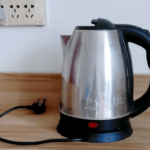What is a toilet float?
A toilet float is a crucial component in a toilet tank. Its main function is to prevent water from overflowing into the pipes or air valve. Additionally, the toilet float helps to facilitate faster flushing and ensure an adequate amount of water in the tank.
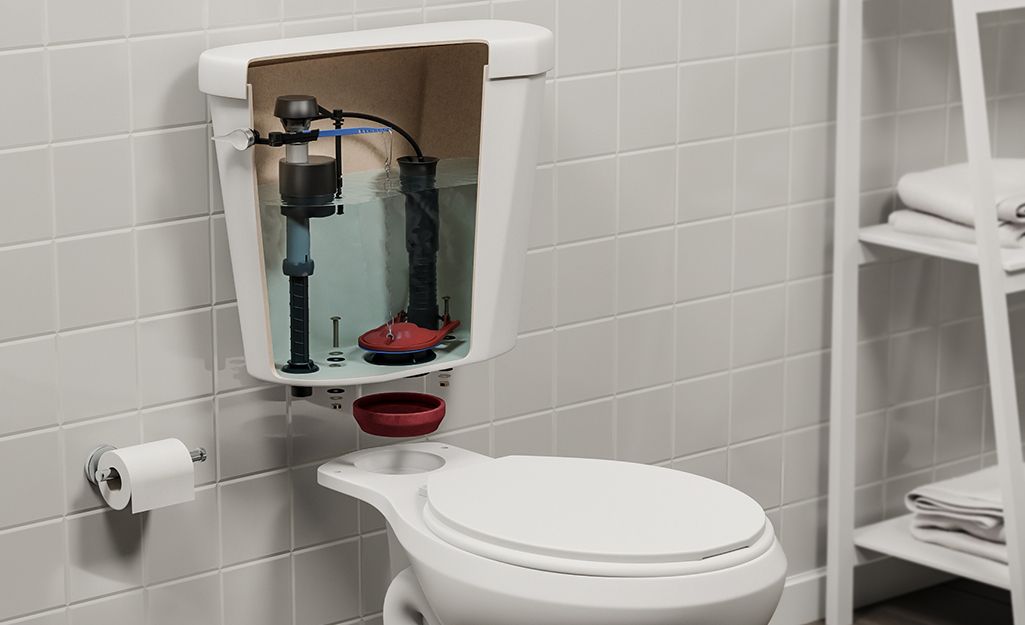
Signs of toilet float issues
Here are some indicators that your toilet float may be experiencing problems and requires repair:
- Toilet flush water not at the necessary level: The flushing water level in the toilet is abnormal, either too low or too high, resulting in poor hygiene.
- Continuous water leakage: The water in the toilet tank is unregulated and continuously leaks out, leading to water wastage.
- Broken toilet float: When the toilet float has been in use for an extended period, it can become corroded or damaged, resulting in weak flushing.
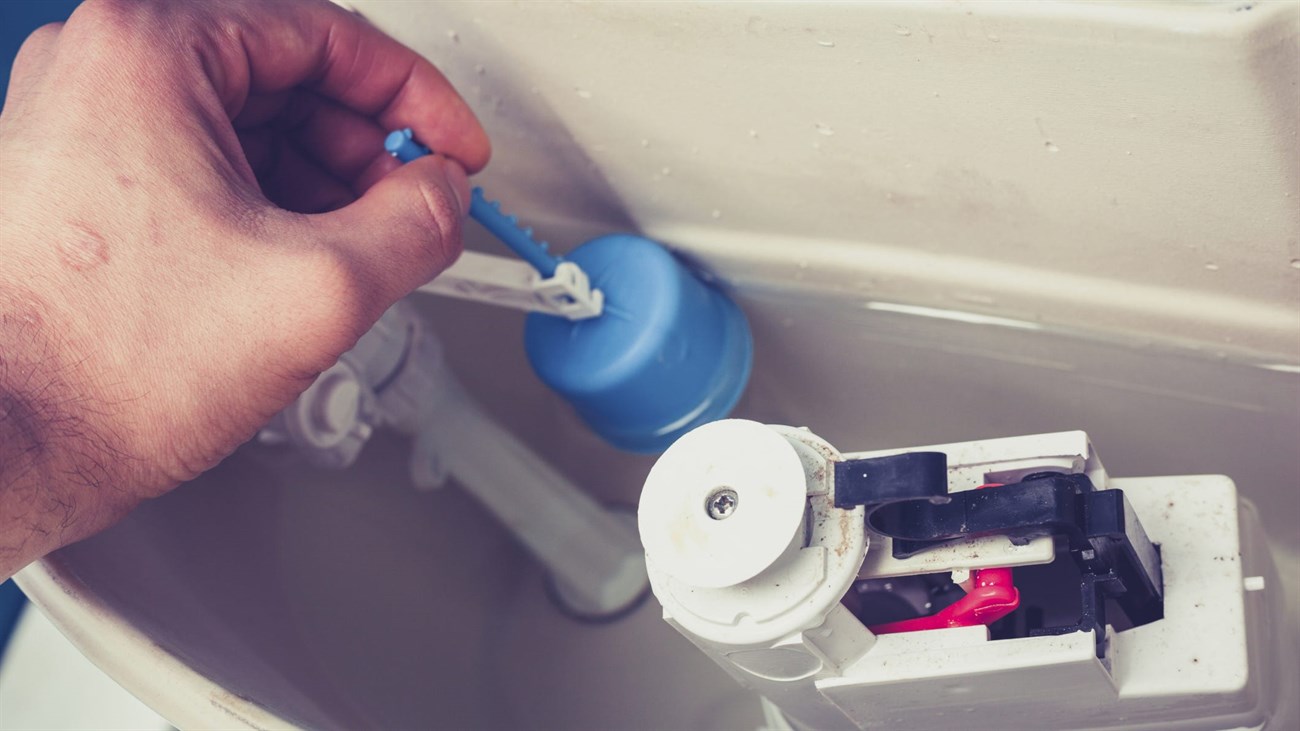
How to adjust different types of toilet floats
Before attempting any adjustments, it is important to identify the type of toilet float in your toilet for easy handling.
Brass piston toilet float
The brass piston toilet float is an older type that can be found in toilets produced in the late 20th century.
This type of toilet is not water-saving and is rarely used nowadays. The float is bulky and prone to rust over time.
To adjust this type of toilet float, you need to bend the lever arm to the correct position where the airball is at the appropriate level for the desired amount of flushing water.
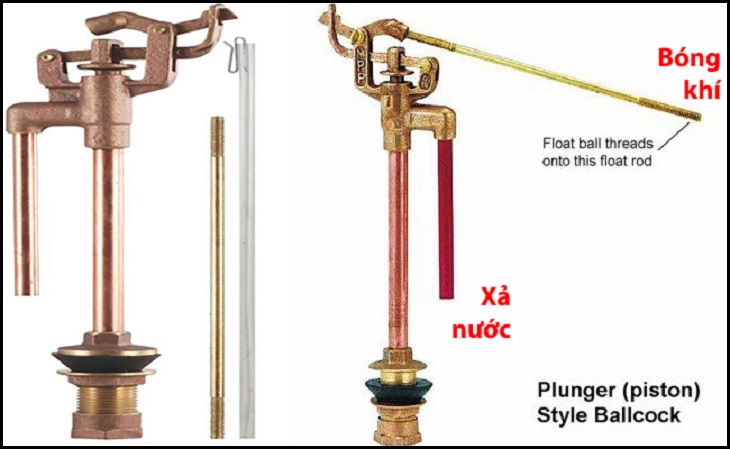
Plastic piston toilet float
The plastic piston toilet float is the most commonly used type in modern toilets. It has a screw that allows you to adjust the water level through the float’s lever arm.
You can easily adjust the desired water level in the toilet tank for each flush on your own.
To adjust the float, simply turn it clockwise to decrease the flush water volume, or counterclockwise to increase the flush water volume.
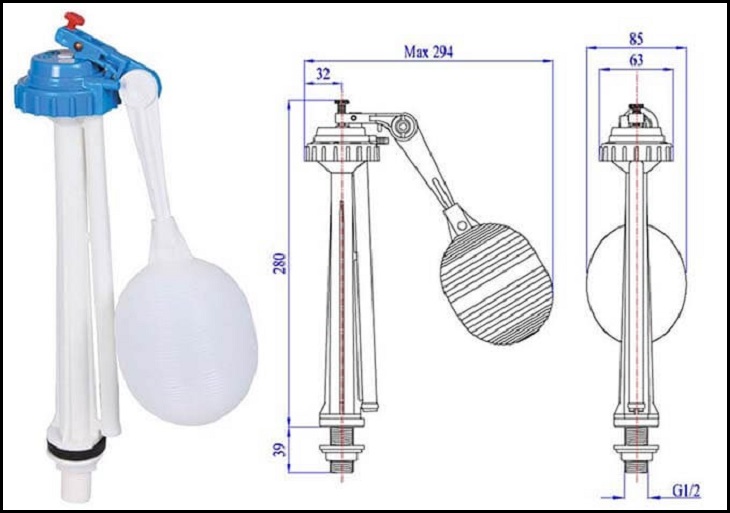
Floating toilet float
Floating toilet floats are primarily used in smart toilets. Adjusting the float in these types of toilets is also relatively easy. However, they are not recommended for frequent use as they are prone to damage.
For tanks with an external adjustment bar, you can directly turn the adjustment bar. For types regulated inside the valve, pull out the latch inside the valve and rotate it clockwise to adjust the water level accordingly.
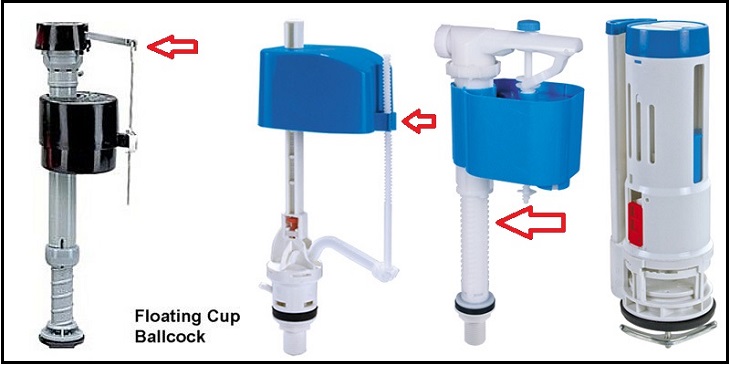
Benefits of adjusting the toilet float
Adjusting the toilet float offers several benefits:
- Saving a certain amount of water and reducing monthly water costs.
- Minimizing the discomfort caused by loud flushing noises.
- Ensuring the proper functioning of the toilet tank at all times.
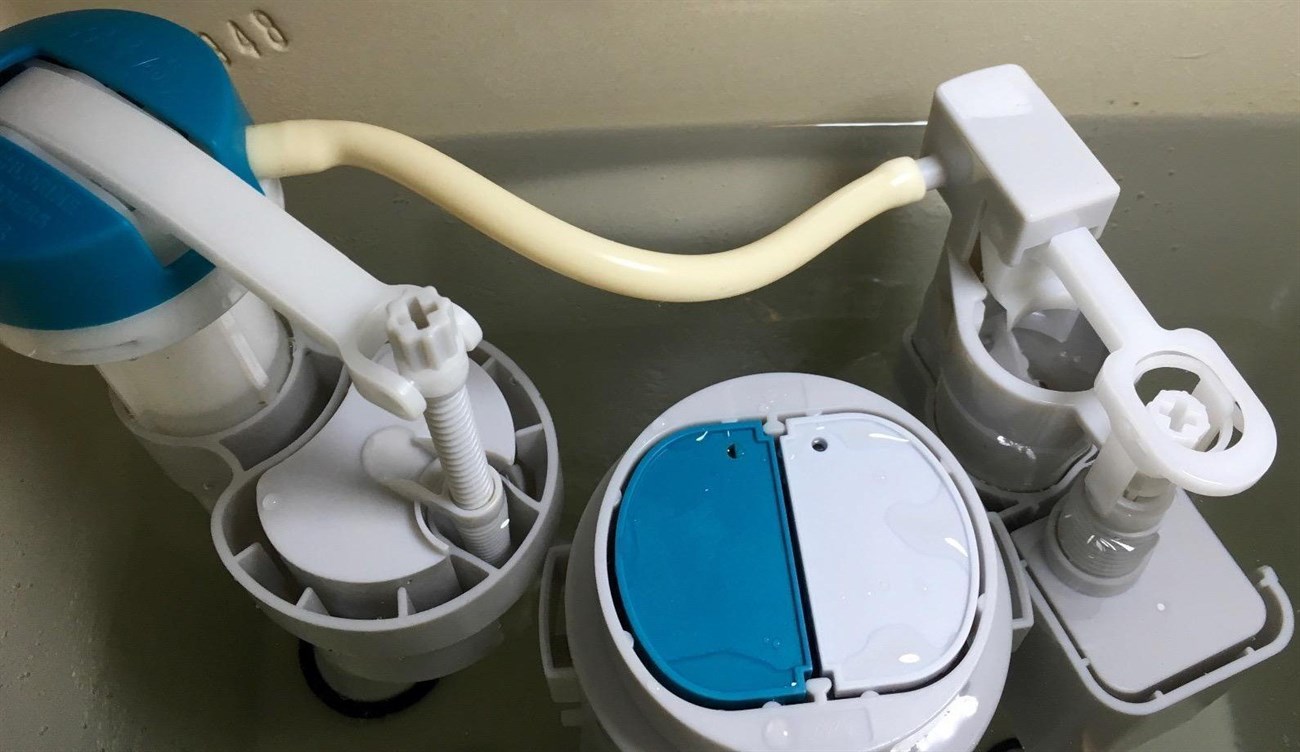
We hope this article helps you learn more about how to adjust the toilet float to conserve water. If you have any issues or questions, please feel free to leave a comment below for assistance!



























